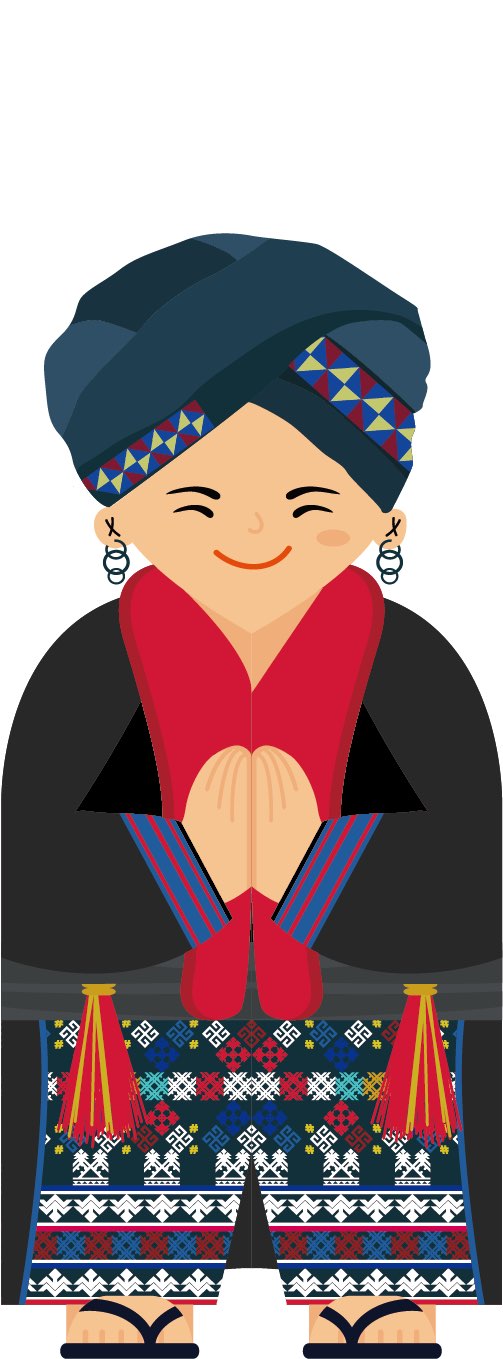
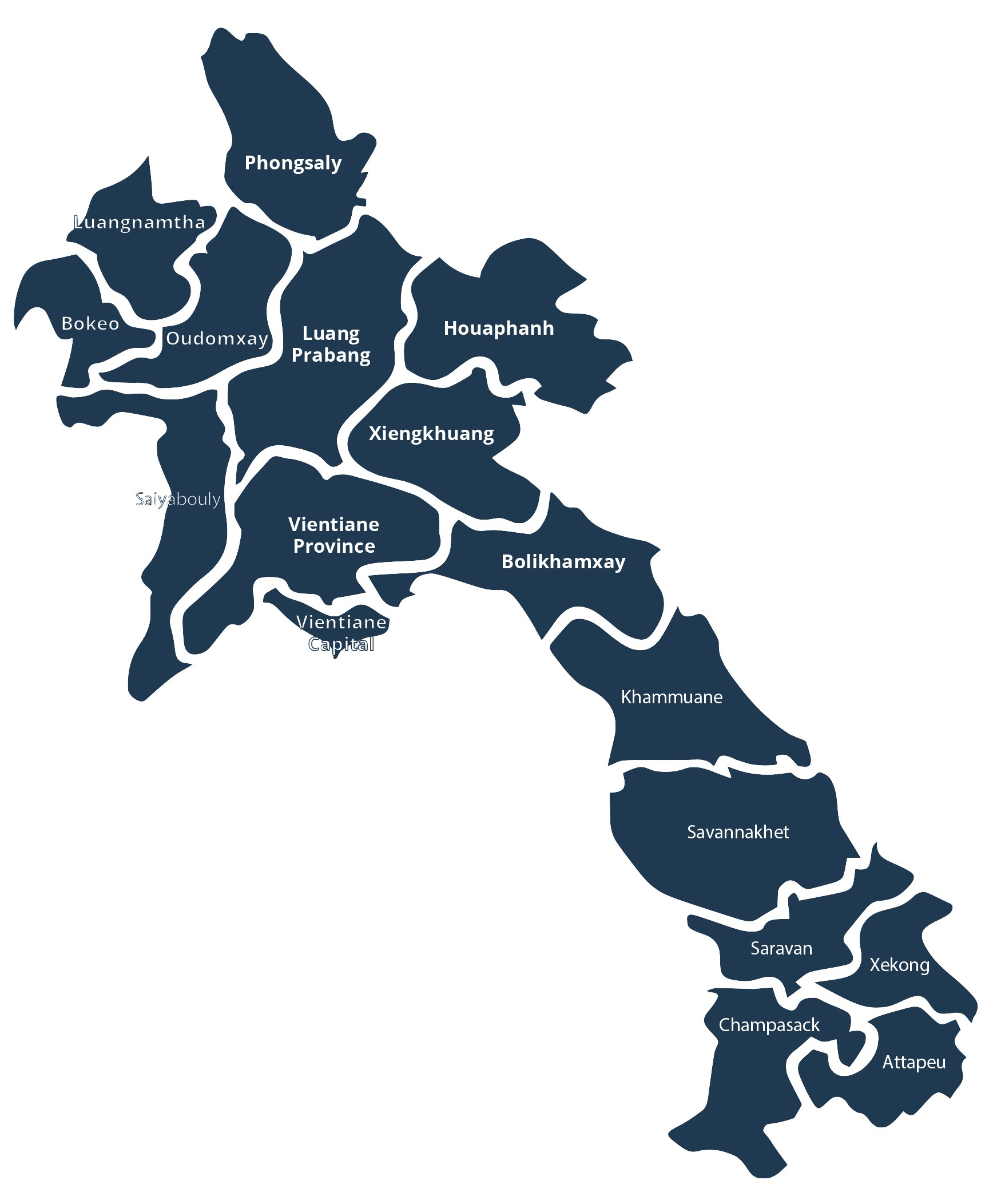
The Iumien originally migrated down from China, first migrating to Kwangtoong, Kuichow, Kwangsi and Yunnan in the southwest of China during the Xin Hun feudal reign. Some Iumien also migrated to the northern area of Vietnam between the fourteenth and
sixteenth centuries. After this time they slowly spread into Laos occurred during several different periods and different routes such as through the noth western provinces of Vietnam to Huaphan, Xiengkhouang and Luangraband provinces. There was also
a route passing through the southern provinces of China to the north of Laos through Phongsali, Udomsai, Luanfnamtha and Bokeo provinces.
Presently, Iumien ethnic people live in the northern provinces of Laos down to Vientiane province. Also, they still live in neighboring countries such as Vietnam, China and Thailand. The total population of the Iumien living in Laos totaled 22,665,
of which 11,374 were females according to the second population census done in 1995.
Since the Iumien use the Chinese written language to write, the have been able to preserve their customs and culture very well.
Both Iumien and Lanten people have a complex combination of a sacred spiritual doctrine and a Tao doctrine of their ancestors that comes from Chinese influence. It is a mix of doctrine, magic, Confucianism and history. There is also a belief of the more animistic spirits that are part of daily life. They believe in seven principal spirits that represent humans, animals, fields, forests, the sky, water and the earth and village. In addition, they have a religious ceremony of entering into the Taoist “way” for all young men at around the age of seventeen. Iumien society is strongly patriarchal. The husband and father have the final say. The families are in a clan system. The household number varies from 2 to 10 persons or more. Iumien people always follow the clan line of their father. A daughter, despite being married, does not become part of her husband’s clan line of their husband. This means they live in an extended type of family pattern or large family. Traditionally, Mien men had six or seven wives, but today monogamy is more common.
When Iumien women are pregnant, the women and her family are very careful to prevent miscarriage or deformity. For example, water must not be poured on the fireplace, or doors must not have a knife stuck in them. The women give birth at home. For one month after giving birth, the mother cannot enter another house. Funeral services are complex and expensive for the Iumien. They moum for three days and place silver coins in the mouth of the deceased. The body is washed and placed in front of an ancestral alter. Relatives and friends hold prayers. The body is buried, unless he or she was killed in an accident, then the body is burned on a funeral pyre. The Iumien have their own unique ethnic songs, music, and poetry. The body of this is quite large, thanks to their ability to save these songs, stories and poems on paper.
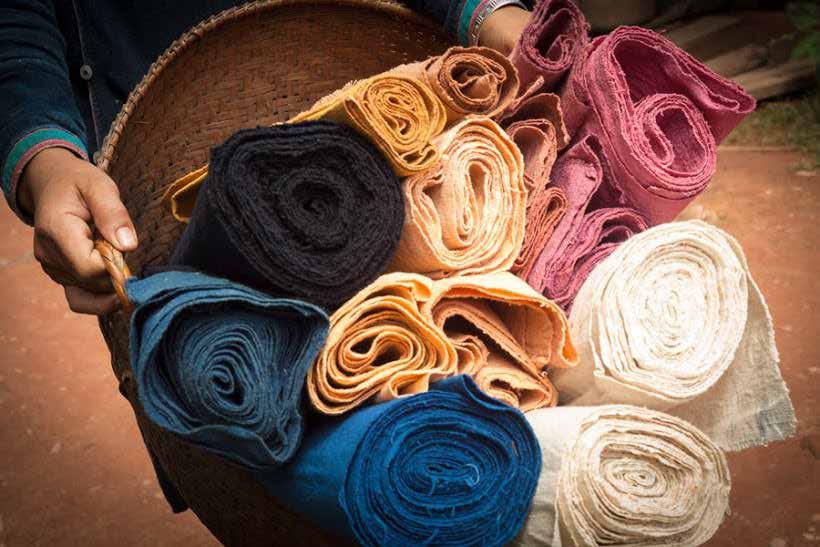
Traditionally slash and burn cultivation of dry-land rice, plus the cultivation of wet rice was the mainstay of Iumien agriculture. Today they grow maize, cassava, sweet potato, beans, cotton, tobacco, and spices. They are skilled at breeding animals such as cattle, buffaloes, horse, goat, pigs, dogs, chickens and ducks. They also breed small horses that are used for transport. Even though they raise a large number of animals, they do not eat meat that often.
Iumien women do not weave much anymore, but they are skilled at making garments from cloth they have bought from other groups or in the market. They are very skilled in dying, embroidery, and producing ornate shoulder bags. The men are skulled in blacksmithing and silversmithing, producing jewelry, tools and pipe for their family and for sale.
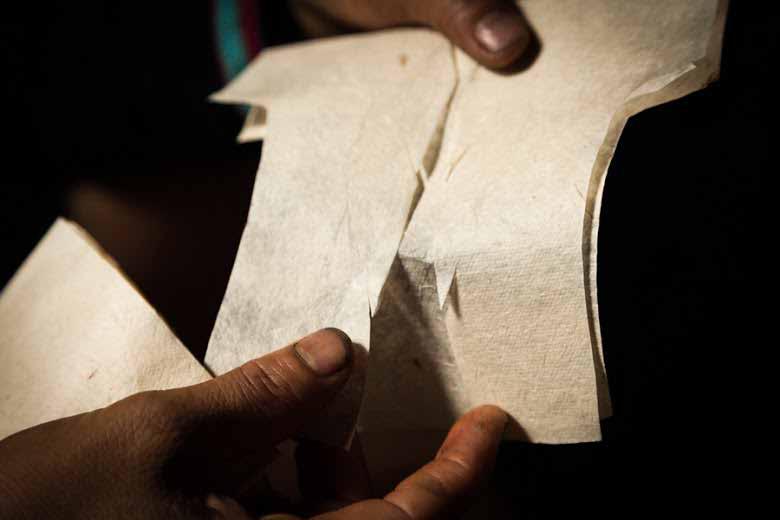
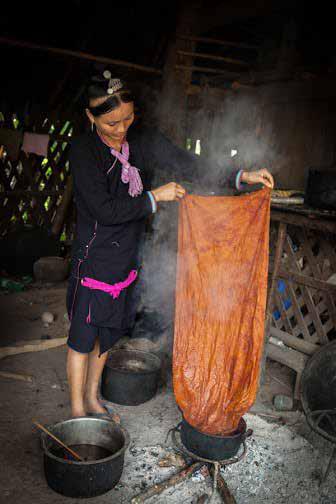
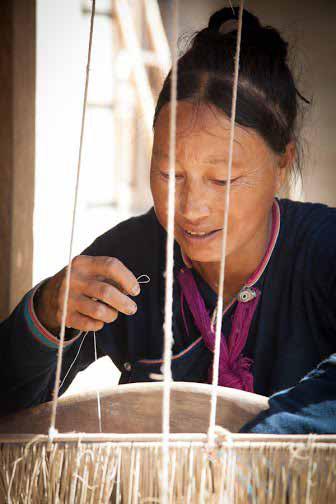
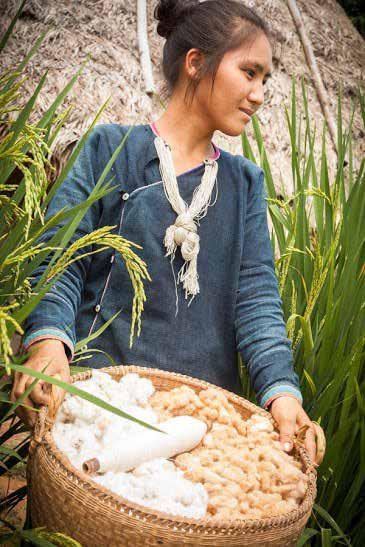
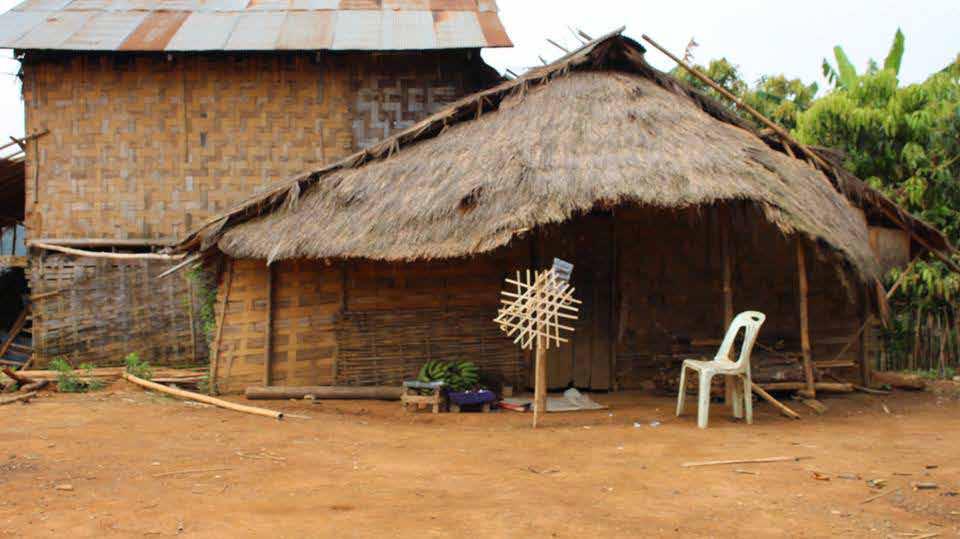
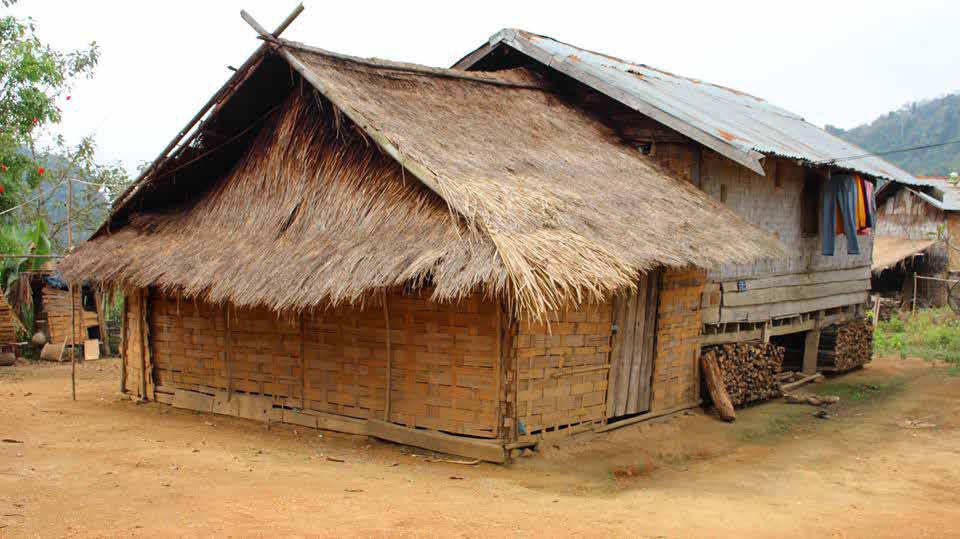
Iumien villages are situated between 500 and 1500 meters. The location of the village is chosen by the fertility of the soil. Villages are small, usually no more than fifty houses. There is no defined arrangement of the houses, nor is there a central community house or public area like other ethnic groups have in their villages. The Iumien houses are one story and sit on the ground. There are three doors, one on the left and another on the right. One door is used for men and guests, and opens to the living room. The door for women opens to the kitchen, while the third door is called the Patoonyai (the gate) and is used only for ritual ceremonies opposite the sacred family altar. The Iumien consider their houses to be sacred buildings, therefore, before building, they decide on an auspicious day so as to not insult spirits and to insure family happiness.
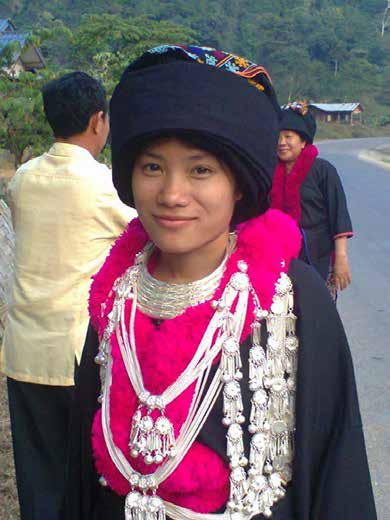
Iumien women wear trousers, a large turban on the head, and a long robe that has a sash. The entire costume is black or dark blue. There is a thick fringe of red yarn on the neck and down the front of their robe. They also wear a lot of silver jewelry, which displays wealth. Iumien wear dark blue trousers and a short loose jacket with a few silver buttons, however, their costume is much less elaborate than the Iumien woman’s costume.
The Iumien are also known as the Yao, which the Iumien are actually a sub-group of. In Laos there are two sub-groups of the Yao: The Iumien and the smaller Lanten. They are very similar in culture and language. The Iumien refer to themselves as the “Iumien.” The language of this ethnic group is classified into the Miao-Yao language group of the Austro-Thai linguistic family. The Oumien and the Lanten both have a written language using Chinese characters. They write down family records and lineage, as well as stories, rituals and medicinal treatments. This has helped them preserve some of their ancient knowledge. They often use handmade paper made from bamboo.
Source: ປື້ມບັນດາຊົນເຜົາໃນ ສປປ ລາວ
Copyright © 2026. Her Works